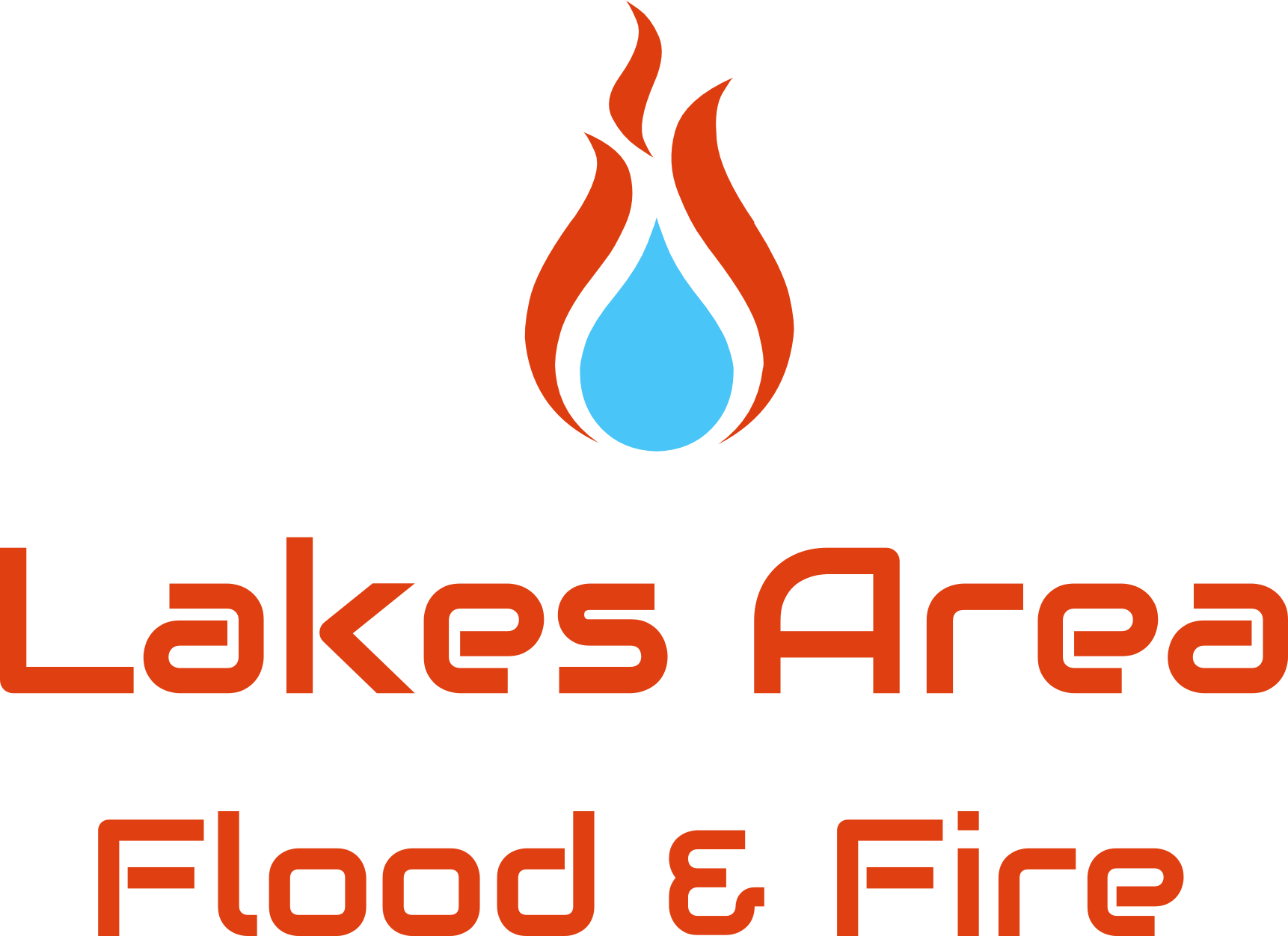CRAWL SPACE MAINTENANCE
CRAWL SPACE INFORMATION
CRAWL SPACE and COMMON USES
A crawl space is a shallow, unfinished area between the ground and a home’s first floor that provides access to plumbing, wiring, ductwork, and other infrastructure.
Crawl spaces typically have solid foundation walls & either a concrete floor or an unfinished dirt floor. About 15% of homes have a crawl space. Crawl spaces serve several practical purposes, from supporting a home’s foundation to aiding in moisture control.
Crawl spaces are also designed to reduce the risk of flooding and home damage in flood-prone areas and are most commonly used in areas prone to flooding, where they serve as a protective barrier by lifting the first floor of a home above potential floodwaters.
Crawl spaces also serve as hubs for critical utilities such as plumbing, electrical wires, and HVAC systems, making maintenance easier. Additionally, properly ventilated crawl spaces are designed to help control moisture buildup and reduce the risk of mold and structural damage.
Finally, crawl spaces are often used in crowded urban living areas. They offer structural support for a house and room for ductwork without the bulk of a full basement, serving as a space-saving solution.
An unfinished crawl space can quietly undermine the integrity of the home and life within it.
The crawl space, like many unfinished basements, tends to be quite humid. The excessive moisture in a crawl space poses a number of threats to the home.
It provides an environment for mold to thrive, mold that can eventually make its way up into the rest of the home.
It can reduce the indoor air quality of the living areas above; the moisture can also attract wood-boring insects that destroy the wood sub-structure.

The presence of insects may also draw rodents and other pests into the crawl space.
Unfinished crawlspaces may cause moisture-related problems to the structure of the home and increase utility costs. Solving the crawl space moisture issue is the first priority in a crawl space finishing project.
Vapor Barriers
Crawlspaces are often areas that homeowners don’t spend a lot of time in or do not think about at all and when left unattended can become a scary place. But keeping this area clean and dry is essential to a healthy indoor environment for the rest of your home.
Studies show that if a home has a crawlspace the indoor air could be comprised of up to 50% of the air from the crawlspace. What’s referred to as “the stack effect” the natural or mechanical heating of a home can draw air from the crawlspace up through the rest of the habitable space.
We utilize proven industry products and techniques to make sure your crawlspace is a healthy environment. The crawlspace already a musty problem? We can take care of that as well, after a proper cleanup, a proper Encapsulation can commence and once finished this space will no longer be a burden to your home’s health.
Crawl Space Types
There are various types of crawl spaces, each tailored to specific requirements.
Below are some of the most common ones to help understand their diverse construction and home maintenance roles.
1. Actively Vented
Crawl space vents—and sometimes fans—allow air to circulate freely between the space’s interior and exterior in an actively vented crawl space. This type of crawl space is commonly used in areas where the outside air’s humidity level is not excessively high. While actively vented crawl spaces may attract pests, they could reduce the need for air conditioning by helping cool the space beneath the home.
2. Passively Vented
A passively vented crawl space foundation relies on natural airflow to control moisture and air quality. These cost-effective crawl spaces are often used in moderate climates with lower humidity levels.
However, they may not be as effective in flood-prone areas, requiring additional moisture control methods.
3. Conditioned (Encapsulated)
Conditioned, or encapsulated, crawl spaces are sealed and insulated. This type of foundation is used in areas with high humidity or extreme temperatures. Crawl space encapsulation provides better moisture and temperature control and can improve indoor air quality in any climate, by preventing allergens and contaminants from entering the house.
For a brief tour, click here: Crawl Space From Start To Finish
Preventive Measures
Preventing crawl space issues is the most cost-effective approach. You can prevent future problems by installing a sump pump, which typically costs between $650 and $2,000. Encapsulating the crawl space is another effective preventive measure, with costs ranging from $1,500 to $15,000 or more, depending upon the size of the crawlspace.
Grading the landscape, an option that can cost between $1,000 and $3,200 and more, again depending on size of home/building and the topography of the landscape, can also help you avoid future crawl space issues. Investing in prevention now can save you from more extensive and expensive repairs later.
Q&A What kind of things inhabit a crawl space?
A: Rodents such as mice, rats, and chipmunks are some of the most common pests found in crawl spaces, according to Terminix. Ground-dwelling insects, such as millipedes, termites, and carpenter ants, are also common. Cockroaches and spiders can also be found in crawl spaces.
ADDITIONAL CRAWL SPACE VIDEOS: Crawl Space Vapor Barrier Facts | Crawl Space Encapsulation Is A Game Changer What Is A Crawl Space Vapor Barrier & Why Is It Important? | Do Crawl Space Vents Cause Damage? Here's What You Need To Know! | EmeSeal Crawl Space Encapsulation System (Our featured crawl space product at Lakes Area Flood & Fire)
